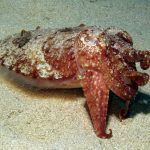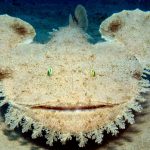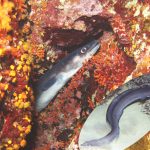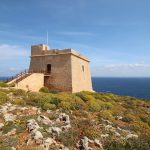| Zeus faber is a demersal coastal marine fish with a laterally compressed olive-yellow body which has a large dark spot, and long spines on the dorsal fin. |
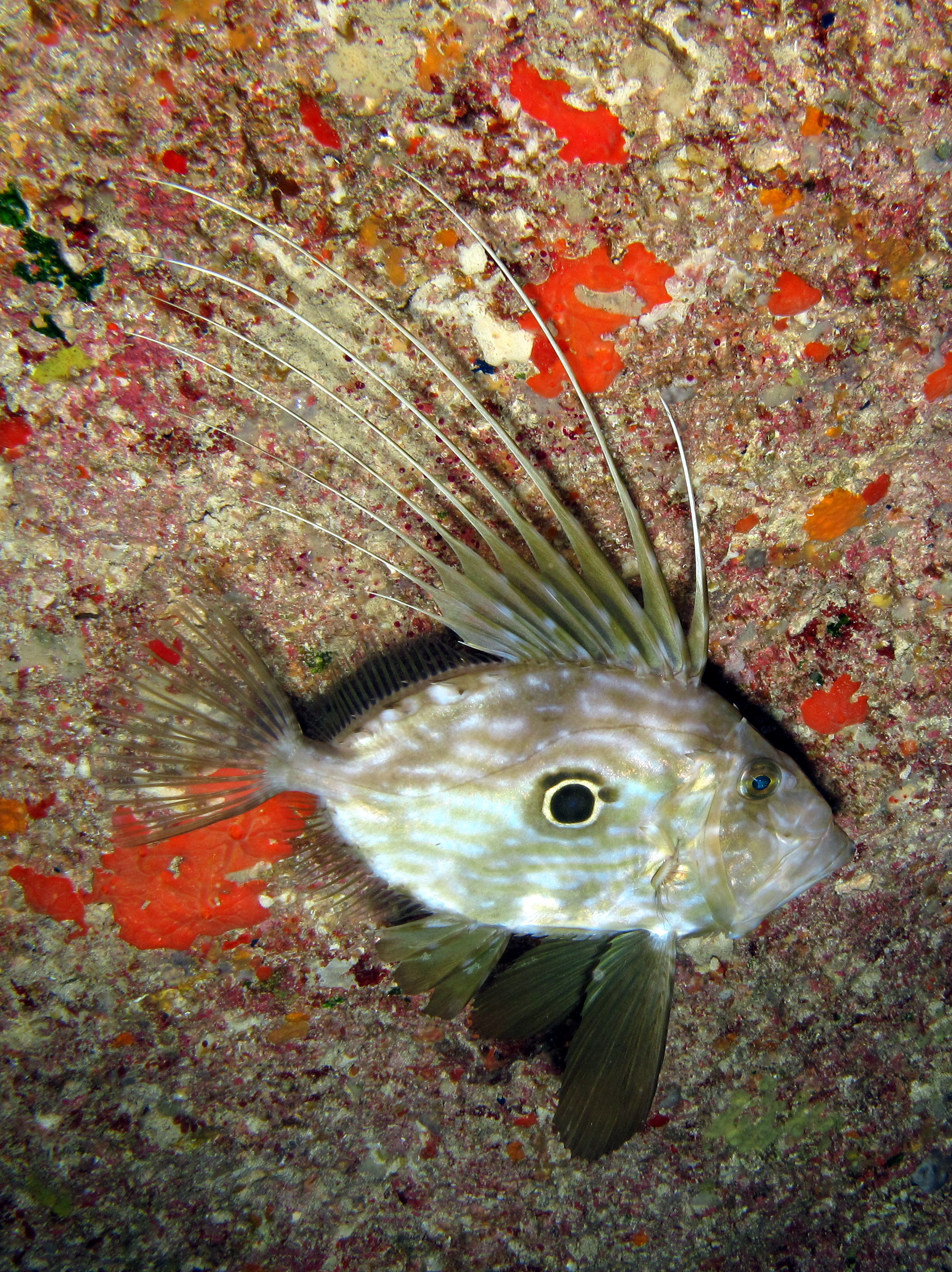 |
What’s so strange in a name?To start with, even the scientific Latin name is peculiar. It is part Greek (Zeus, the father of the Greek Gods) and part Latin (faber is Latin for “blacksmith”). In English, the common name for Zeus Faber is John Dory, probably originating from the French Jaune Dorée, meaning Gilded Yellow. In Germany, Zeus faber is generally known as Heringskönig, meaning ‘King of the Herrings’, most probably since fishermen used to catch it in nets together with schools of herring. In New Zealand, Māori know it as kuparu, and on the East Coast of the North Island, they gave some to Captain James Cook on his first voyage to New Zealand in 1769. Several casks of them were pickled. |
| In most other countries, Zeus faber is knows as St Peter’s Fish, a name coming from an ancient legend. It is said that St. Peter picked this fish up from the Sea of Galilee, but instead of keeping it he returned it to the water. The black mark on the side of the John Dory is said to be St. Peter’s thumbprint. |
How large is a Zeus faber?The John Dory grows to a maximum size of 65 cm and 5 kg in weight. It has 10 long spines on its dorsal fin and 4 spines on its anal fin. It has microscopic, sharp scales that run around the body. The fish is an olive-green colour with a silver white belly and has a dark spot on its side. Its eyes are near the top of its head. It has a flat, round body shape and is a poor swimmer. |
How does a Zeus faber catch its prey if it is such a poor swimmer?The John Dory catches prey by stalking it, then extending its jaw forward in a tube-like structure to suck the fish in with some water. The water then flows out through the gills; the pre-maxillary bone, the only tooth-bearing bone in this fish, is used to grind the food. The John Dory has a high laterally compressed body – its body is so thin it can hardly be seen from the front. The large eyes at the front of the head provide it with the binocular vision and depth perception it needs to catch prey. It has a large dark spot on both sides which it uses to flash an “evil eye” if danger approaches. This eye spot also confuses prey, which can then be sucked into its mouth. It primarily eats smaller fish, especially schooling fish such as sardines. Occasionally it eats squid and cuttlefish. Its main predators are sharks such as the dusky shark, and large bony fish. |
 |
How many years can a Zeus faber live?John Dories are ready to reproduce when they are 3 to 4 years of age. Reproduction happens around the end of winter. They are substrate scatterers, which means that they release sperm and eggs into the water to fertilize. The typical lifespan in the wild is about 12 years. |
 |
Where can I see a Zeus faber in the wild?Zeus faber are benthopelagic coastal fish, found on the coasts of Africa, South East Asia, New Zealand, Australia, the coasts of Japan, on the coasts of Europe and the Mediterranean Sea. They live near the seabed, living in depths from 5 metres to 360 metres. They are normally solitary. The photos of these Zeus Faber were taken around Gozo, precisely at Ras il-Ħobż and Inland Sea. |


